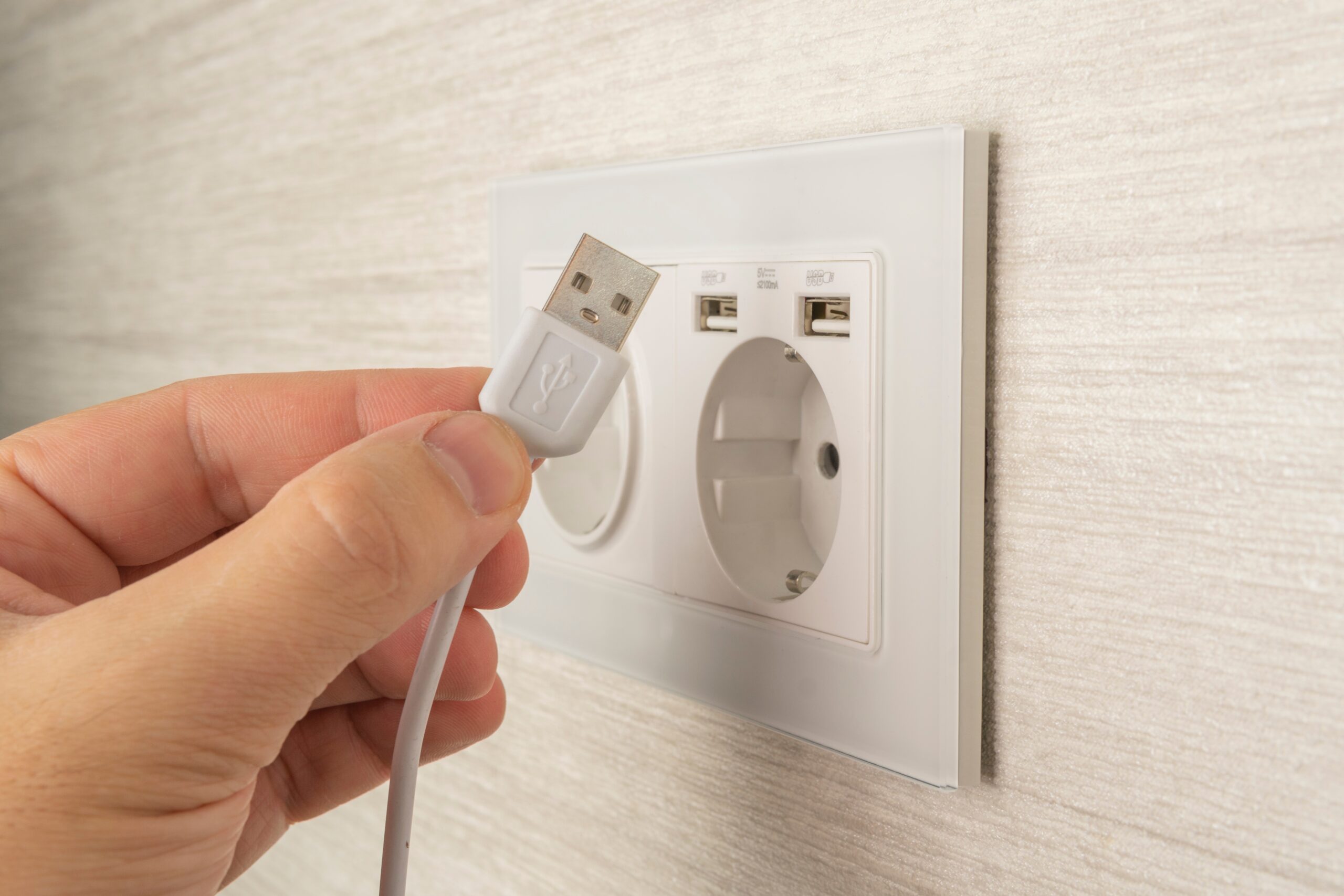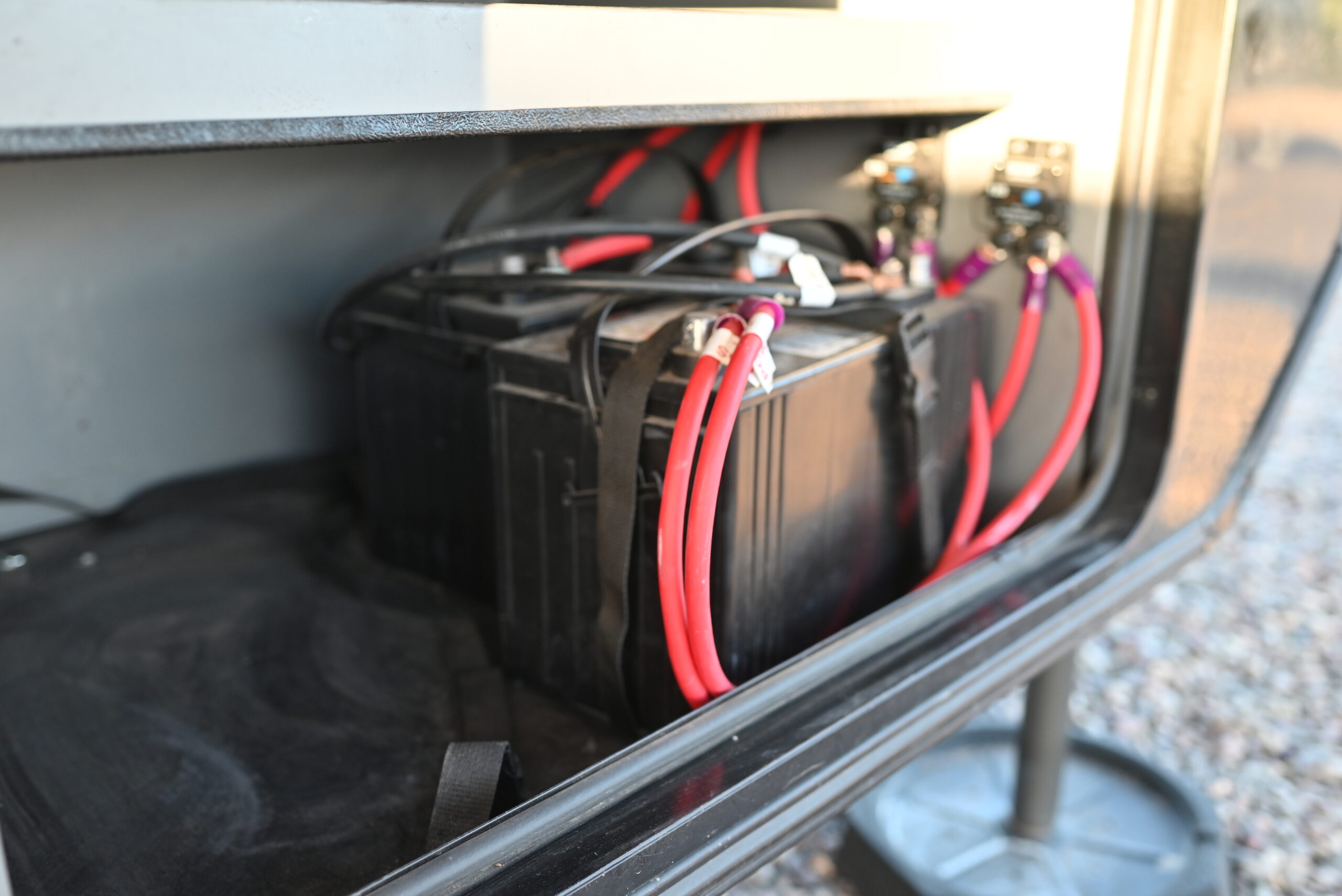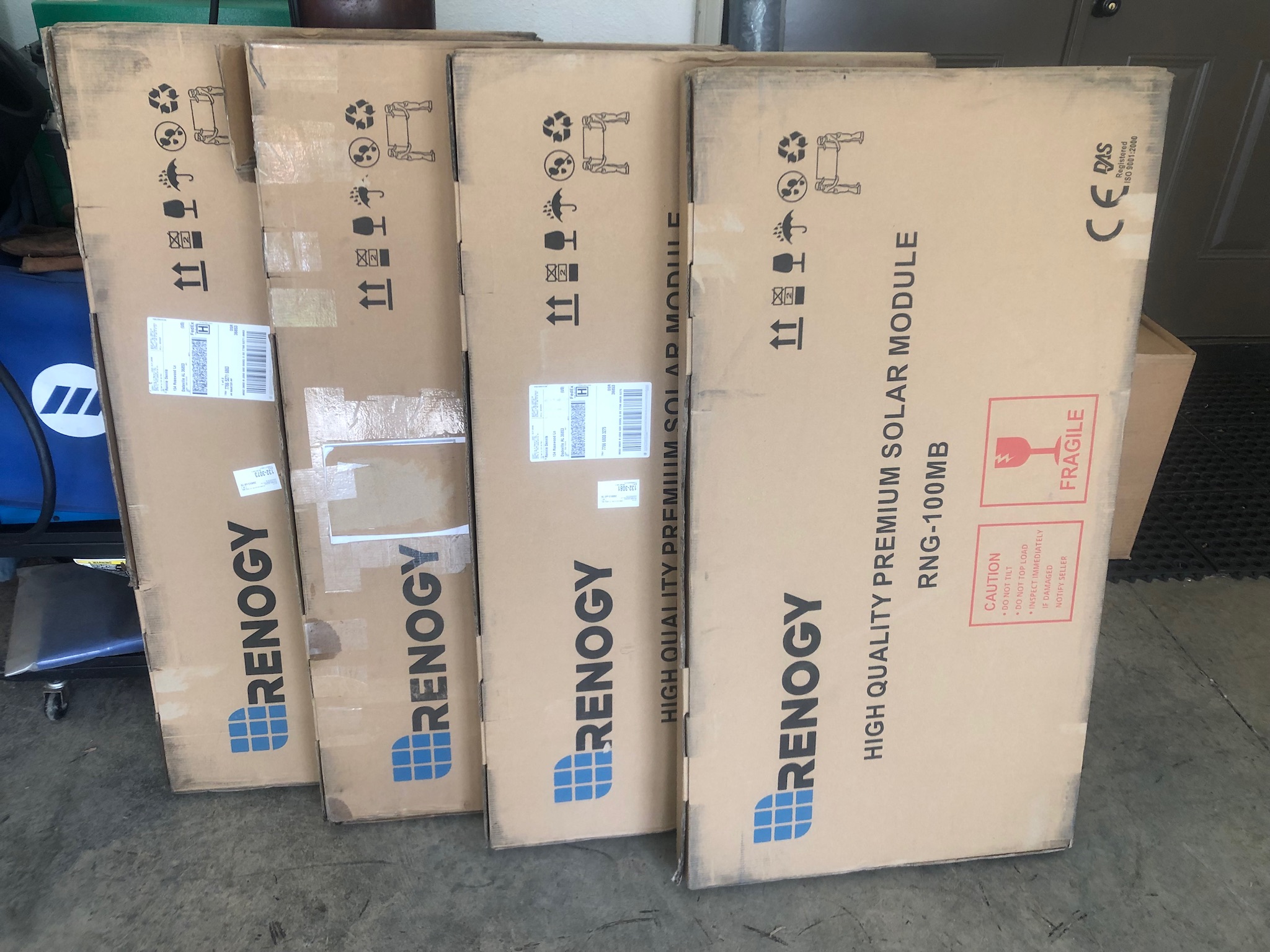
DIY Solar Power: How Much Do You Need?
If you’ve been following along through Parts 1 and 2 of this series then you should be ready for Part 3: how much solar do I need?
We will discuss sizing your solar system to meet your power consumption needs. Properly sizing your components and assessing your power usage will ensure your solar system meets your needs. This topic can be very in-depth and complicated. I will do my best to be informative and not overcomplicate things.
Buying a couple of solar panels and throwing them on the roof is not the best way to go. This often leads to disappointment because the system does not meet your individual needs. Sizing your solar system and battery bank based on your calculated power usage will provide you with a system that performs to your expectations and meets your needs.
If you feel unsure about how to calculate your needs you should reach out to a professional who can help you size your system.
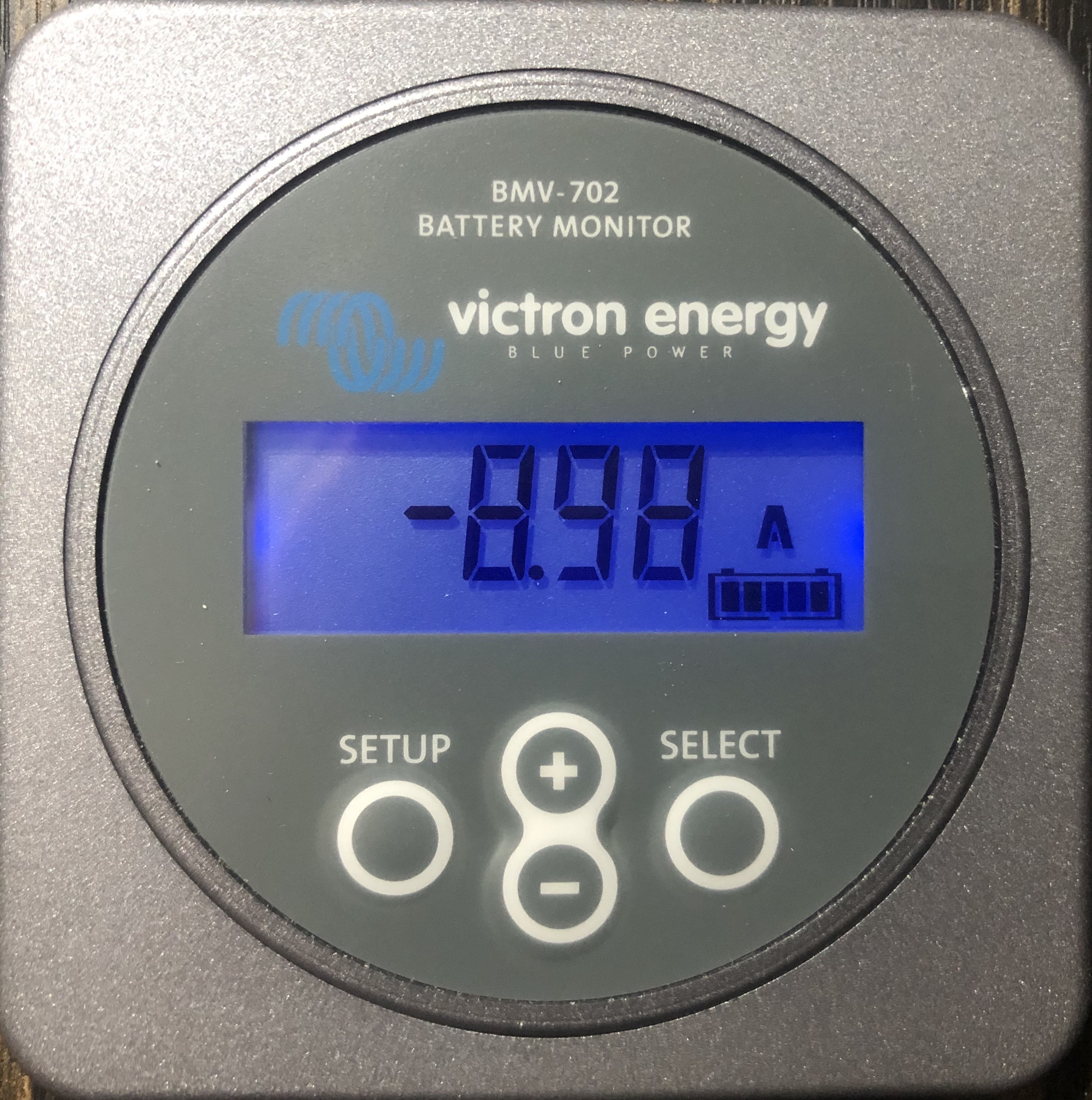
Power consumption
When sizing your solar charging system, some thought needs to be given to how much power you need on an average daily basis. You need to know the amount of power you use to accurately determine the size of the solar system needed to power your RV.
Most RVers have given little thought about how much power their equipment uses. I will use my current set-up as an example. I have found that with heavy usage, meaning not being conservative, we tend to use an average of 100Ah per day, but that’s us and our Airstream, your power needs may be very different.
Parasitic loss
First, let’s look at something called parasitic loss. Parasitic loss is power that is removed from your battery bank by devices that you can not turn off without disconnecting it.
Things like your propane leak/CO detectors, refrigerator control board, TV, onboard stereo, basically any device that is in standby mode waiting to receive a signal from another device, draws a little bit of power while it waits. These small current draws by themselves may not be a big deal, but when you add them all together they can be larger than you think.
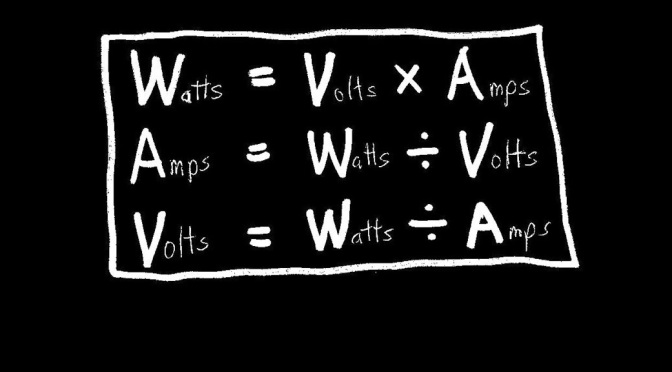
Power audit
You will need to make a list of the appliances and devices you use and determine the power consumption for each one. This information will help you to best size your solar system to meet your individual needs. So let’s dive in and do some calculations. As a side note, there are a number of conversion calculator sites online that can easily help with these conversions. Here is a list of some of our power draws.
DC Loads
- 0.41A with no devices running (this would be my parasitic loss).
- 1.82A fantastic fan
- 2.90A inverter in standby mode
- 1.12A refrigerator running on propane
- 7.50A furnace with blower running
- 5.90A most of the lights on
- 3.50A water pump when running
The math
So, with these few numbers in mind, let’s calculate what my daily Amp use might be by multiplying the amp load by the number of hours used to get Ah.
- Parasitic loss 0.41A x 24hrs = 9.84Ah
- Refrigerator on propane 1.12A x 24hrs = 26.88Ah
- Furnace at night and in morning set at 65 degrees 7.50A x 6hrs = 45Ah
- Some lights at night 2.45A x 4hrs = 9.8Ah
- Water pump usage 3.50A x 1hr = 3.5Ah
Total amp-hours used equals 95.02. This number falls in line with my estimated use of around 100Ah per day if we are mindful of their power consumption.
How many solar panels do I need?
Now that we know how many Amp-hours we are going to use in an average day, we can calculate how much solar wattage we are going to need to replace them. The panels I use are rated 100 watts and produce 17.5 volts and 5.7 amps per peak-sun-hour. This means that during the time the sun is brightest (10-2) this 100-watt panel will produce 22.8 amp-hours.
The panel will produce power the rest of the time it is exposed to light, but at a reduced rate, say 40% of its peak production. This means that the other 5 hours of the day the panel will produce (5.7 x 5=28.5 x 40%=11.4Ah). So this single 100-watt panel on a clear sunny day can replace 34.2Ah.
Using this calculation we can determine that on a clear sunny day I would need three 100 watt panels to fully replace the amp-hours I used during the previous day. It is best to increase your system to accommodate your needs on days that are less than perfect.
We currently have four (4) 100-watt panels on the roof of our Airstream which is a 33% increase over the (3) three required per our calculations. These four panels seem to meet our daily power replacement needs in most situations.
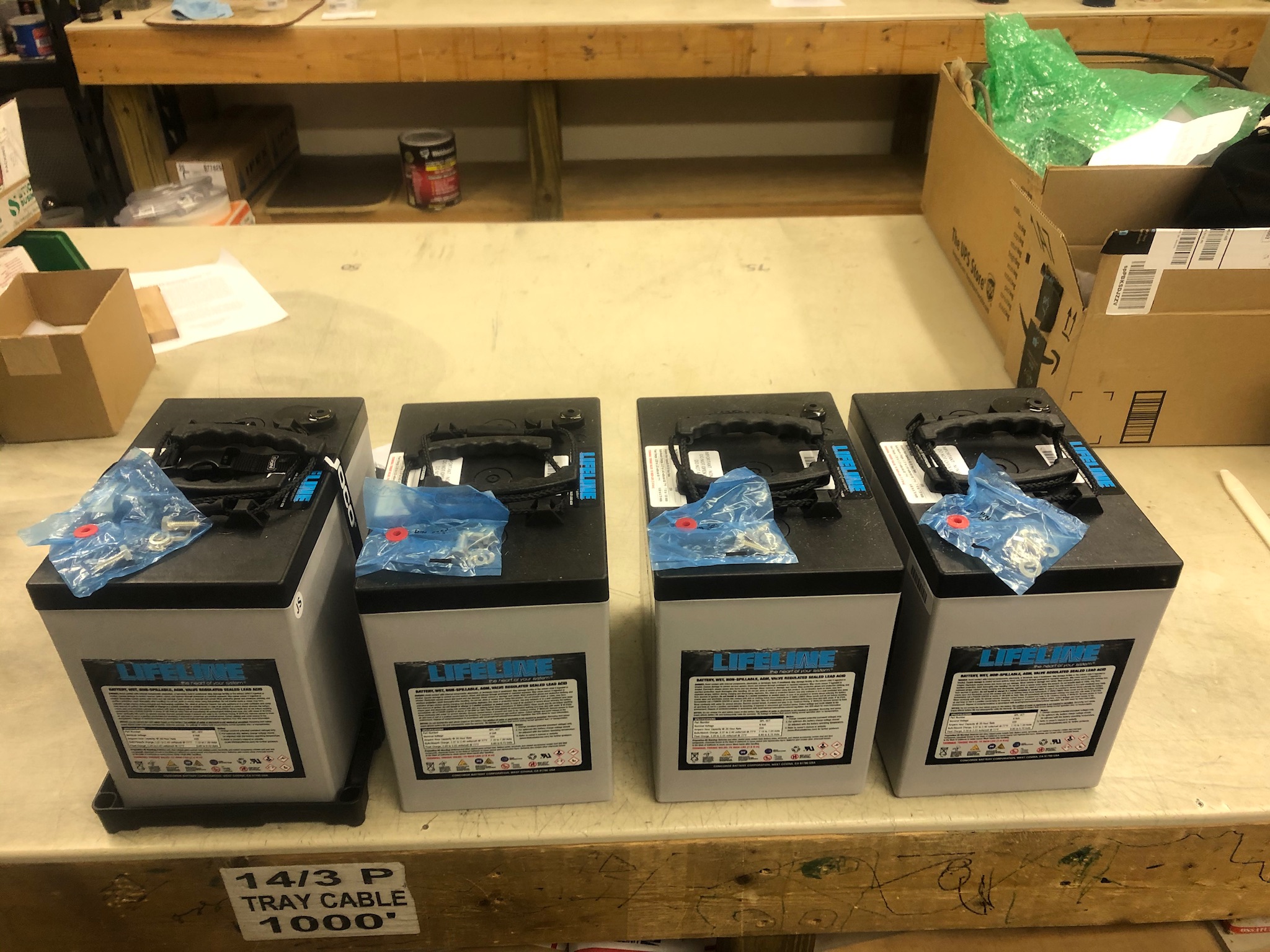
Battery bank size
Now that we have a grasp on how to determine how many Ah we use and how many watts of solar we need to replace them, let’s discuss battery bank size. There are basically three different types of batteries. They are Lead Acid Flooded (wet cell), Absorbed Glass Mat (AGM), and Lithium. Each of these types of battery have different pros and cons. That debate is for another day.
No matter the type, your batteries will store the power your solar panels make for use later. When it’s dark outside and your solar panels are asleep, you pull power from your batteries. Battery storage capacity is rated in amp-hours, the same as the amp hours you use to power your things. But there’s a catch and it is critical to the health of your battery. Batteries only have a safe useable Ah rating of 50% to 80% of its total Ah rating. Meaning that a battery rated for 100Ah should only be discharged 50-80Ahs to maintain its health and ensure a long service life.
Discharging a battery below this mark can change its internal chemistry and cause damage to the battery. You should size your battery bank to cover your total daily usage for 2 days with little to no solar input. Using my numbers from before (100Ah/day) and the 50% discharge level, this would mean I would need 200Ah battery power per day and would need a 400Ah rated battery bank to cover the desired two days.
I hope that if you are thinking of solar you will continue to follow along with the other articles in this series. In the next section, we discuss the rooftop installation of the components of a solar charging system. Read more here!


